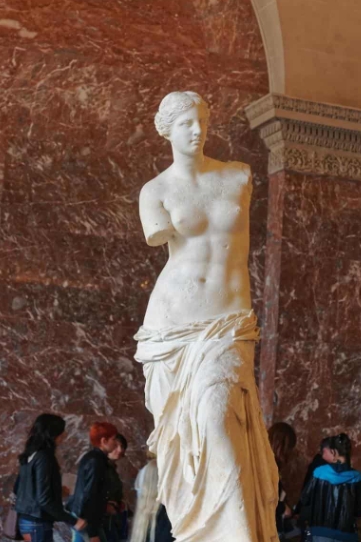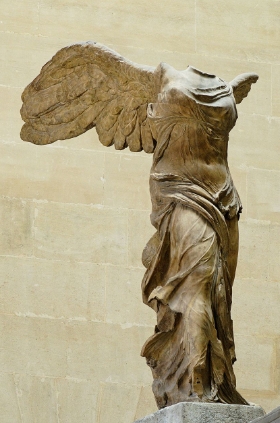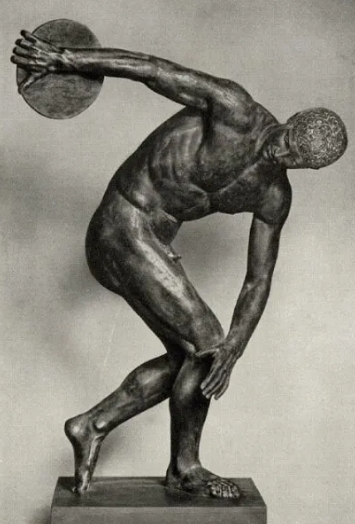Ancient Greek sculpture art occupies an important position in the history of world art. In this glorious culture, several great Greek sculptors achieved outstanding results, and their works influenced countless artists in later generations. Among them, one of the most famous sculptors is Phidias, who is known as “the greatest sculptor in ancient Greece”.
Phidias’s work is notable for its grand scale and meticulous craftsmanship. One of his most famous works is the Athena Parthenos in the Parthenon on the Acropolis. This statue symbolizes Athena, the goddess of wisdom and war, demonstrating her powerful and protective power. This huge sculpture is considered one of the most outstanding artistic achievements of Greece at that time. Although the original work no longer exists, its replicas and descriptions still allow us to feel its magnificence and superb carving skills.
In addition to the statue of Athena, Phidias also created the statue of Zeus, which was located in Olympia and is one of the Seven Wonders of the Ancient World. The statue of Zeus shows the pinnacle of Greek sculpture art, combining the power of God with the elegance of human nature, showing extraordinary artistic attainments.
Ancient Greek sculptors were not only good at depicting the majesty of gods, but also the beauty and power of human figures. Many Greek goddess statues convey the sanctity and beauty of female gods through their elegant postures, smooth lines and meticulous clothing depictions. Whether it is the grace of the goddess Aphrodite or the majesty of Hera, these statues demonstrate the remarkable skill of ancient Greek sculptors in capturing the delicate balance between divinity and humanity.
Overall, great Greek sculptors such as Phidias created timeless works of art through their intricate carvings of gods and humans. Whether they are statues used for religious worship or images of gods symbolizing Greek culture, these works are precious heritage of ancient Greek sculpture art.



